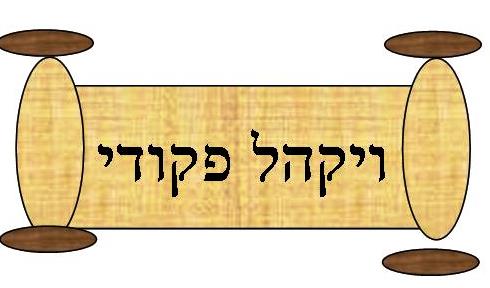Parashat Vayakhel is one of the few instances in which the Torah reveals its attitude toward art and artistry, when it lists the abundant talents of Bezalel, the Tabernacle’s master craftsman. In Exodus 35:30, Moses speaks to the children of Israel and declares: ‘Behold, G-d has called by name, Bezalel the son of Uri, the son of Hur of the tribe of Judah.’ Bezalel is not simply appointed by Moses; he is called by G-d by name to supervise the construction of His Tabernacle. This “calling” indicates clearly that Bezalel is no ordinary artisan. Rabbi Ephraim Buchwald explains: ‘According to the rabbis in Tractate Sanhedrin 60b, Bezalel was only 13 years old when he was chosen to supervise the tabernacle’s construction. His tender age underscores the fact that his talents were not natural, but rather the result of a Divine gift. The Be’er Mayim Chaim maintains that the verse, “Lah’daht la’asot et kol me’leh’chet avodat ha’kodesh” (Exodus 31:1), which states that Bezalel was endowed with the talents that were necessary for all the “holy works,” implies that Bezalel’s talents were only valid during the time that he worked on the sacred “holy works”– the Tabernacle furnishings. In fact, according to the Gaon of Rogatchov (Rabbi Yoseif Rosen, 1858-1936) in his work Tsofnat Pa’aneach, as soon as the Tabernacle was completed, Bezalel’s talents vanished. Bezalel’s assistant, Oholiyav, however, whose talents were natural, did not lose his skills, and was able to pass them on to succeeding generations… In light of Judaism’s historic ambivalence towards art, the admiration in which Bezalel was held is particularly unique. In the Middle Ages, when art was dominated by the Christian church and almost all of art was of a religious nature and included many icons, any Jewish passions for artistry were surely diminished. Except for very personal art, almost all forms of art fell out of favor. Since the enlightenment and the emancipation, however, art has started again to play a more dominant role in Jewish life…Bezalel was not only unique because of his multiple talents and varied skills. In Exodus 35:34, after the Torah lists his many skills, it also says of Bezalel “Ooh’le’ho’rot nah’tan be’lee’bo,” that G-d gave Bezalel the ability to teach, to pass on his skills to others, to other artisans in his generation. Indeed, when we behold the beautiful contemporary artwork that emanates from Israel and from Jewish artisans in other locations, we feel moved to say “thank you” to Bezalel for transmitting that art form to others and keeping it alive.’
In Parashat Pekudei, when the Torah describes the construction of the Tabernacle, a specific phrase appears over and over – ‘as God commanded Moses’. Finally there is a total summary of the building (Exodus 39:33) “as God commanded Moses,” and Moses saw everything they had made (Exodus 39:43) and it was all “as God commanded Moses.” Why is this obvious fact stressed over and over? What is its significance? Rabbi Avi Geller explains that the Golden Calf was caused by the people’s inability to subdue their genuine understanding (of the need of a tangible reminder of God: the Golden Calf) to the revealed desire of the Creator (no graven images). Now that they repented for the sin of the Golden Calf, the artisans of the Tabernacle set aside their creative instincts, and followed the rules exactly “as God commanded Moses!”
Prepared by Devorah Abenhaim







